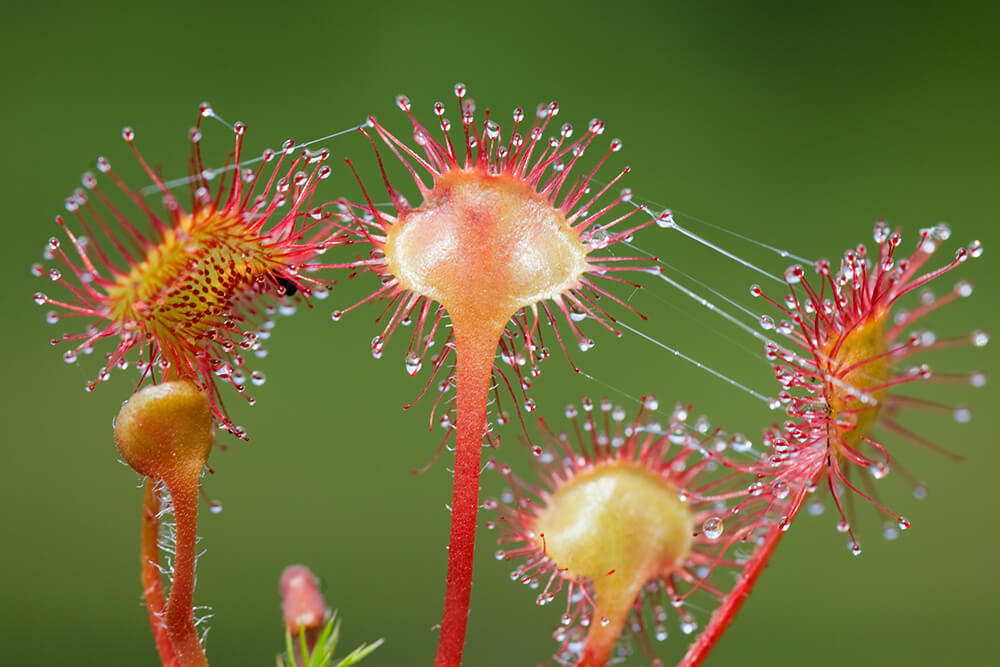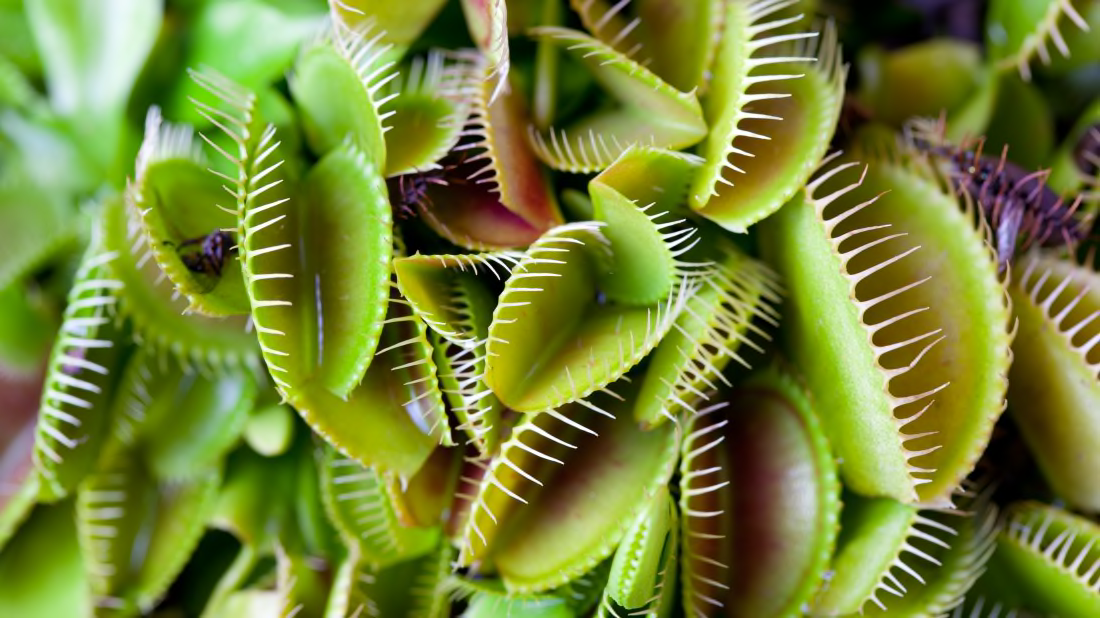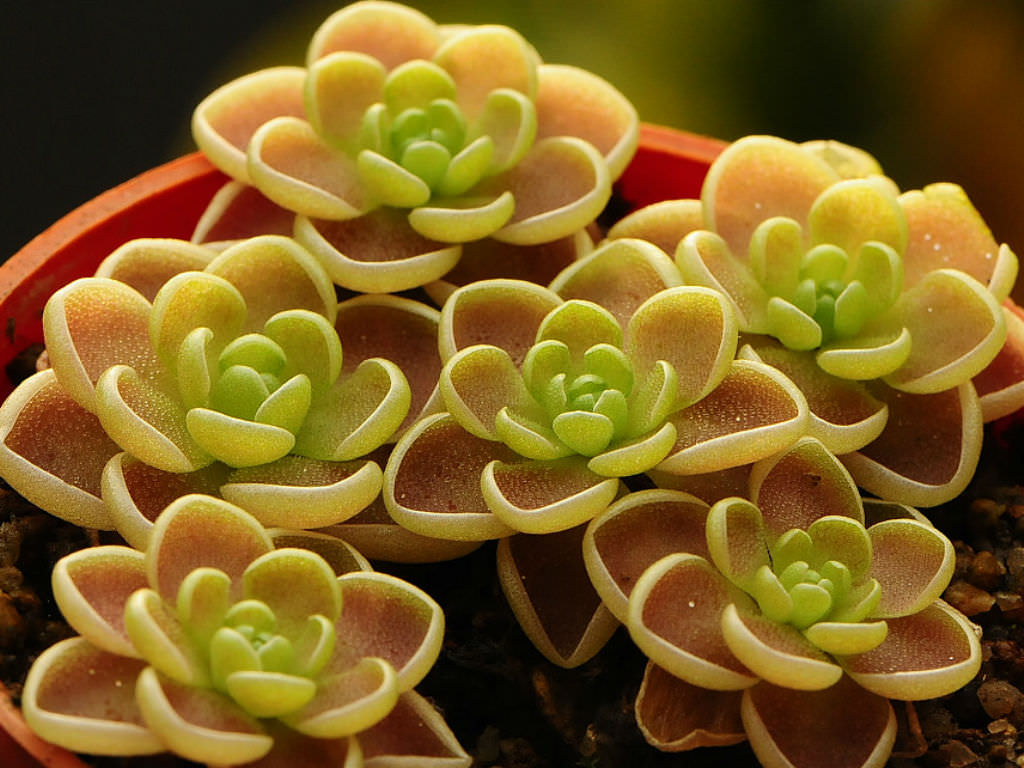Carnivorous Houseplants to Prevent Pests
No need for an exterminator with these helpful carnivorous houseplants that eat insects and keep critters out of your home.

Monkey Cups

These hanging house plants have pouches that attract insects which are digested inside of the pouch. There are name comes from their indigenous locations such as parts of South East Asia, India, Madagascar and Australia, where monkeys drink from the pouches like cups. They need bright indirect sunlight and ample drainage.
California Pitcher Plant or Cobra Plant
This plant has tubular and curved leaves that resemble the heads of cobra snakes. They have another set of forked leaves that poke out from under, resembling fangs or a tongue. They are native to Northern California and Oregon. They have a small entrance underneath their heads with patches of color that confuse the insects from escaping. Eventually, the insects die and are digested by the plant.
Sundews

These fuzzy looking and colorful plants trap insects by excreting enzymes that appear like drops of dew on the tips of their outer stems. This “dew” attracts and kills the prey such as flies. They like to sit in a deep tray of water and prefer very warm temperatures with indirect sunlight. They are excellent for a greenhouse environment or on a windowsill that receives plenty of sunlight.
Venus Flytraps

This plant looks like it has many mouths with sharp teeth ready to chomp on their prey. In fact, Venus Flytraps have tiny hairs, called “trigger hairs” on their inside. When these hairs are touched, they send an electrical shock to the bug and trap them for digestion. They actually have a mechanism that requires the trigger hairs to be touched repeatedly before trapping. This is a safeguard to ensure it isn’t wasting energy on unworthy meals. They are indigenous to North and South Carolina. Similar to Sundews, they prefer to sit in a deep tray of water keeping the soil wet year all around and plenty of sunlight.
Butterwort

This plant is far less vicious looking than many of the other carnivorous plants mentioned. To the untrained eye, they could even resemble some types of succulents. They kill their insect prey by excreting a sticky resin on their leaves that prevent the insect from leaving. There are many different species of butterworts. Once the bugs break down from digestive enzymes, they are absorbed through tiny holes in the plants leaves. They are native to parts of Europe, North America and Northern Asia.
These carnivorous house plants will keep your home insect free naturally. They do require some extra special care and attention to ensure they are getting the right soil, water and sunlight. Be sure to research the carnivorous house plant of your choice to keep them well fed and your home bug-free!